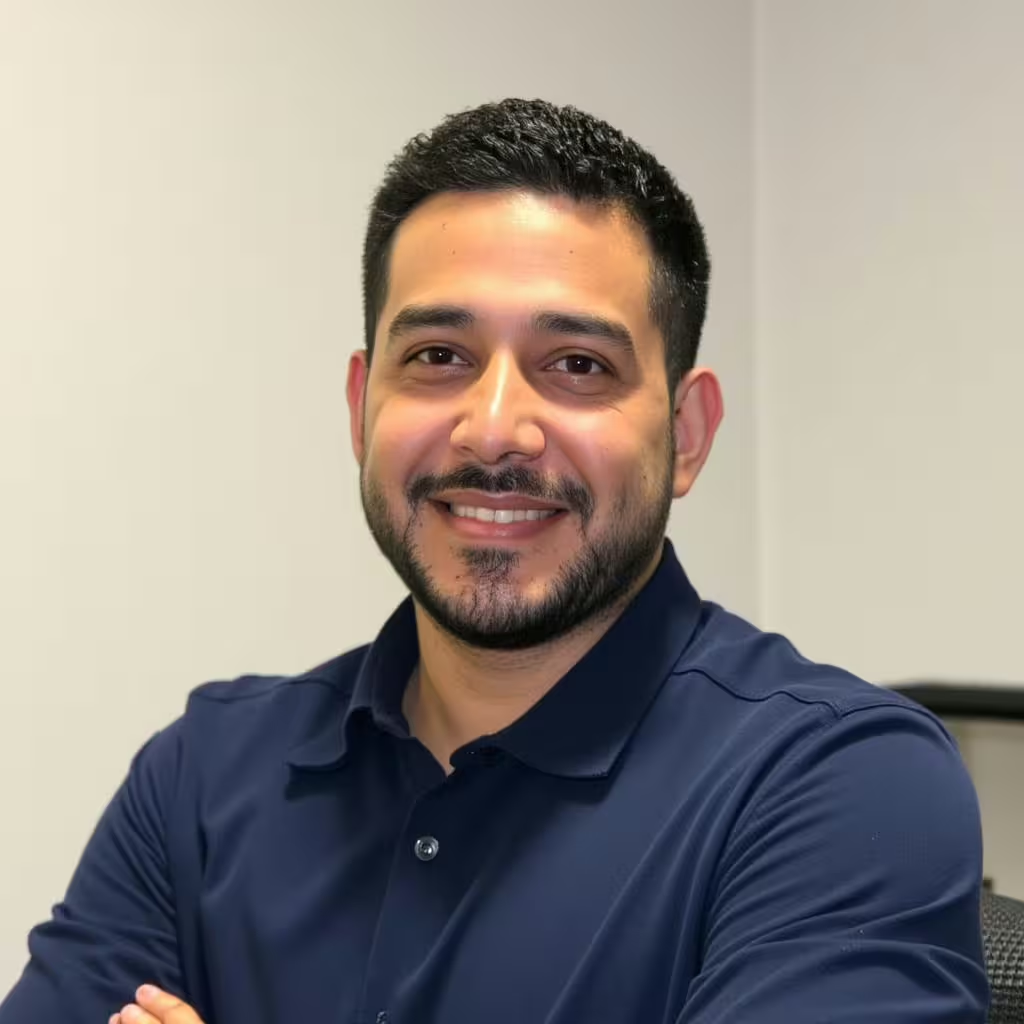The financial landscape is filled with unforeseen obstacles and treacherous terrains. A recent report reveals that 55% of Americans find themselves ill-prepared to cover major expenses, such as emergency home repairs or splurging on the latest tech gadget. The struggle is real and resonates with many of us, including myself. This predicament often arises when we’re faced with the need to replace significant appliances, revamp our homes, or acquire a new vehicle. So how do we sail these stormy waters without falling into debt? Let’s explore the techniques, the rules, and the personal strategies I’ve adopted to turn big purchases into sensible decisions.

For different households, the definition of a “big purchase” can vary dramatically. While a $1,000 appliance might be substantial for some, others might consider a $35,000 kitchen makeover a large expense. These distinctions are shaped by individual income, expenditure patterns, and lifestyle choices. However, regardless of these factors, the underlying approach to managing these purchases remains consistent and applicable to all.
We all have unique ways of saving, and there’s no one-size-fits-all solution. Some prefer breaking down their savings goals by calculating the amount needed over a specific time frame. Others might adopt the cash envelope system, siphoning off the remaining funds from variable expenses. From saving extra change to allocating a percentage of income, these methods vary but always aim to meet the goal. The key is finding what resonates best with you and sticking to it.
My Personal Approach to Big Buys
A Designated Account
Creating a separate savings account has provided a clear view of my purchase progress. By channeling extra income, tax refunds, or additional funds into this account, I’ve maintained focus and discipline.
Investing in Quality
Quality takes precedence. Investing in something worthwhile often means paying a bit more upfront, but it pays off in the long run. Research, reviews, and recommendations are essential to this process, ensuring that every penny spent is justified.
Ignoring Unnecessary Features
Not all that glitters is gold. Features that are flashy but irrelevant are traps that only inflate the price. Being discerning and focusing on real needs rather than fanciful wants is crucial.
Utilizing Savings Tools
Embracing savings tools like Capital One Shopping has helped me maximize my savings. These tools offer insights into deals and discounts, optimizing my buying experience.
A Diligent Research Process
Beyond reading reviews, my process includes comparing models, evaluating warranties, and even visiting physical stores to see the products first-hand. This comprehensive research ensures that my choices are informed and robust.
Consideration of Long-Term Value
When making significant purchases, I always consider the long-term value and return on investment. Whether it’s an appliance with energy-saving features or a vehicle with low maintenance costs, assessing the future benefits allows for smarter buying decisions.
Avoiding Impulsive Purchases
Patience is a virtue in the realm of major buying decisions. By resisting the urge to make impulsive or emotionally driven purchases, I allow myself time to reflect, research, and make the right choices.
Having a dedicated savings account for significant purchases has multifaceted benefits. It keeps money isolated, reducing the temptation to dip into funds for other purposes. Additionally, the gradual growth of the account can yield interest, adding to the financial gains.
Life doesn’t always offer the luxury of planning. When a sudden need arises, finding the funds without sinking into high-interest loans becomes paramount. Strategies such as selling unused items, cutting unnecessary expenses, or even temporary side jobs can provide relief. If charging the expense becomes unavoidable, smart utilization of interest-free periods can alleviate the financial burden.
Planning and anticipation are the bedrock of sound financial decisions. By keeping an average amount saved for unforeseen expenses, apart from an emergency fund, you maintain a financial cushion. This preparation transforms daunting expenses into manageable ones, providing peace of mind and fiscal stability.
Major purchases are not always about needs; sometimes, they encapsulate our dreams and desires. Be it a new car, a lavish vacation, or a cozy home makeover, the path to acquiring them should not lead to a financial abyss. By implementing smart saving strategies, prioritizing quality over flashiness, and keeping a firm grip on our financial reins, we can achieve our big buying goals without compromising our financial health. The journey towards large purchases is an exciting one, and by arming ourselves with the right tools and mindset, we can traverse it confidently and joyfully.



I always write things down if I want them and find that writing it down makes me feel as good as buying it.
Fantastic tips! I’ve been trying to figure out how to finance a new car without going overboard on loans. Your strategy for saving and choosing the right financing options is really helpful.
Easier said than done. Sometimes, you don’t have much choice but to take on debt, especially in emergencies or with the rising cost of living